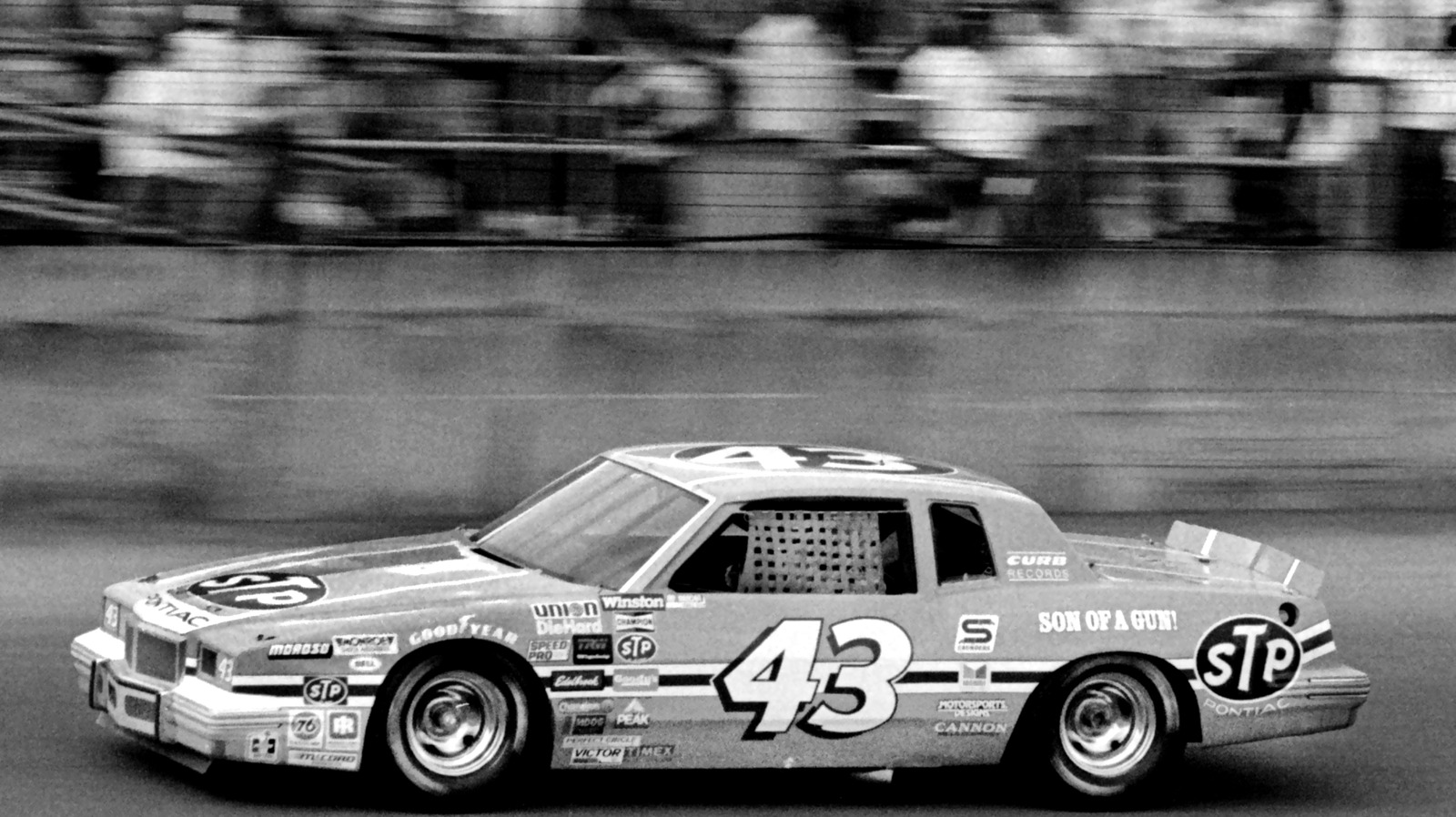How Fast Did NASCAR Cars Really Go Before Restrictor Plates?
If you’ve ever watched a NASCAR race and wondered just how fast those stock cars could go if left completely unleashed, you’re not alone. The answer? Before 1988, the speeds were jaw-dropping—sometimes terrifyingly so. Let’s dig into what made those years so wild, why NASCAR stepped in, and how things might look if the rules hadn’t changed.
What Pushed NASCAR to Install Restrictor Plates in 1988?
It all comes back to one unforgettable moment: the 1987 Winston 500 at Talladega Superspeedway. During this race, Bobby Allison’s car went airborne after a tire failure, slamming into the catch fence at over 200 mph. The impact was so violent it tore a hole in the fence and sent debris flying into the stands. Miraculously, no one was killed, but dozens were injured. That crash was a wake-up call—NASCAR realized that the speeds were simply getting out of hand, especially on the fastest tracks like Talladega and Daytona.
The restrictor plate, a simple metal plate with holes, was introduced the next year. Its job? Choke back the engine’s air intake, reducing horsepower and, crucially, top speed. It wasn’t a popular move with drivers or fans at first, but safety had to come first.
How Fast Were NASCAR Cars Before the Restrictor Plate Era?
Let’s talk numbers. In 1987, Bill Elliott set a qualifying record at Talladega with a blistering lap of 212.809 mph. That’s not just fast—it’s the fastest recorded speed for a stock car in NASCAR history. And it wasn’t a fluke. Throughout the mid-1980s, it wasn’t uncommon to see cars flirting with 210 mph on the big superspeedways.
To put that in perspective, today’s Cup Series cars, with all their modern tech, rarely break 200 mph in race trim at Talladega or Daytona. The restrictor plates (and later, tapered spacers) have kept speeds in check, usually hovering around 190 mph during races. That’s still quick, but it’s a world away from the record-breaking laps of the pre-plate era.
Why Did Speeds Get So High in the First Place?
A perfect storm of factors. First, the tracks themselves—Talladega and Daytona—are massive, high-banked ovals designed for speed. Second, the technology of the 1980s was advancing rapidly. Teams were squeezing more power out of their engines and finding clever ways to reduce drag. Aerodynamics became a science, and horsepower numbers crept ever higher. The result? Pure magic. But also, pure danger.
There was also a bit of a culture of “let’s see how far we can push it.” Drivers like Bill Elliott, Cale Yarborough, and Bobby Allison were heroes for their bravery and skill at those speeds. But as the cars got faster, the margin for error shrank. One wrong move, and things could go south in a heartbeat.
What Would Happen If Restrictor Plates Had Never Been Introduced?
It’s a wild thought experiment. Without restrictor plates, it’s likely that speeds would have continued to climb. Advances in engine technology, aerodynamics, and materials mean that, theoretically, today’s cars could be running laps well above 220 mph on superspeedways. That’s Le Mans prototype territory.
But here’s the catch: the risks would have skyrocketed, too. At those speeds, the forces on the car—and the driver—are immense. Tires, suspensions, and even the track infrastructure would be pushed to their absolute limits. The 1987 Talladega crash showed just how quickly things can go wrong, and with even higher speeds, the consequences could be catastrophic. NASCAR’s decision to cap speeds wasn’t just about protecting drivers, but also fans and track workers.
How Did Restrictor Plates Change the Racing?
The restrictor plate era brought a new kind of racing. With everyone running similar speeds, the field bunched up, creating the infamous “pack racing” that Talladega and Daytona are known for today. It’s thrilling—cars running inches apart at 190 mph—but it also means one mistake can trigger a massive, multi-car pileup.
Some purists miss the days when a truly fast car could break away from the pack and dominate. Others argue that the plates have made for closer, more unpredictable racing. Either way, the restrictor plate is now a part of NASCAR’s DNA, shaping how races play out on the sport’s biggest stages.
What’s the Big Takeaway for NASCAR Fans?
The story of NASCAR’s restrictor plate isn’t just about slowing cars down—it’s about finding the balance between speed, safety, and spectacle. The sport’s history is full of moments where pushing the limits led to both triumph and tragedy. The big takeaway? NASCAR’s evolution isn’t about perfection—it’s about smarter adjustments. Start with one change this week, and you’ll likely spot the difference by month’s end. Whether you’re a fan of the old-school thunder or today’s pack racing drama, it’s all part of what makes NASCAR uniquely thrilling.


